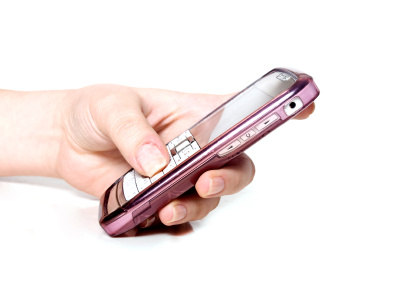A Defendant convicted of murder and attempted murder challenged the admission of three text messages at his trial. The Supreme Court of Arkansas found no error in admitting the text messages.
The Stored Communication Act
The Defendant challenged the admission of the text message content based on the Stored Communication Act. The SCA challenge included three separate arguments:
The State incorrectly used a prosecutor’s subpoena to obtain the text messages rather than a search warrant, as required by the SCA;
The Government’s acquisition of the substance of the text messages via subpoena violated his constitutional rights under the Fourth Amendment to the United States Constitution;
The State conducted an illegal search under the Arkansas Constitution.
Gulley, at *3.
The State argued the Defendant failed to preserve his claims under the SCA and State Constitution for appellate review. As to the 4th Amendment argument, the State claimed the argument was without merit because the text messages were procured by prosecutor’s subpoena pursuant to a statutory power granted to state prosecutors without any allegations of abuse of power. Gulley, at *4.
The Court agreed the Defendant failed to preserve the Stored Communication Act and the State illegal-search arguments for appeal. Gulley, at *4.
Admissibility of Text Messages
The Defendant challenged the admissibility of the text messages on hearsay and authentication grounds.
The hearsay argument quickly failed, because the issue preserved from the trial was another sender’s text messages on hearsay grounds, not from the Defendant’s text messages. As such, the Defendant could not change arguments on appeal, thus resulting in the hearsay argument being barred from review. Gulley, at *17-18.
However, there was enough of a challenge as to whether the Defendant sent the messages to preserve an authentication argument.
Arkansas Rule of Evidence 901(a) states that the “requirement of authentication or identification as a condition precedent to admissibility is satisfied by evidence sufficient to support a finding that the matter in question is what the proponent claims.” Gulley, at *18. Moreover, “the testimony of a witness with knowledge that a matter is what it is claimed to be is sufficient to authenticate evidence, and also that appearance, contents, substance, internal patterns, or other distinctive characteristics, taken in conjunction with circumstances can be used to authenticate evidence.” Gulley, at *19, citing Ark.R. Evid. 901(b)(1) &(4).
The Court reviewed each text message and held each was properly authentication by witnesses with knowledge, plus other circumstances showing authenticity. Gulley, at *19.
The first text message was properly admitted based on the testimony of three witnesses and the contents of the message, which demonstrated sufficient facts to authenticate the text message. Gulley, at *19-20.
The second message stated, “I’m getting dropped off over there.” One witness testified that the phone number was assigned to the Defendant and another witness testified to seeing the Defendant dropped off near the victim’s apartment before the murder. Based on the testimony and the timing of the message to the victim’s murder, the Court held authentication was proper. Gulley, at *20-21.
The third text message focused on the content of the message and witness testimony. The message included in part, “Dat’s okay too, I got a car out of the deal…” Gulley, at *21.
The witness testified that the Defendant had called her from the phone number that also sent her the text messages. Moreover, the witness knew the victim assisted the Defendant in financing a car, which was evidenced in the statement, “I got a car out of the deal.”
The Court held all the evidence was sufficient to authenticate the text messages were sent from the Defendant and each was properly admitted at trial. Gulley, at *21-22.
Bow Tie Thoughts
How we live surfaces in how we litigate. Additionally, while civil cases have addressed many eDiscovery issues, criminal cases have addressed admissibility issues of ESI.
Here is a very important take away from admissibility: the same rules of evidence apply to ESI just as they have applied to everything else for 200 years.
Text messages are one of the most common forms of ESI today. For example, teens are estimated to send 60 text messages a day (boys around 50; older girls around 100). Put in other terms, approximately 1.5 trillion text messages were sent in 2009. That number will only go up as more people have smartphones.
What does this mean for civil and criminal litigation? First, the ESI must be preserved. There are many technologies that can preserve text messages, from a collection directly off the phone, to texts backed up to a computer, to screen shots, to photos of the phone, to from the service provider. Second, attorneys cannot forget to request the ESI if text messages are relevant to a case. Third, the same rules of admissibility apply, just as they have applied for the last 200 years.
















